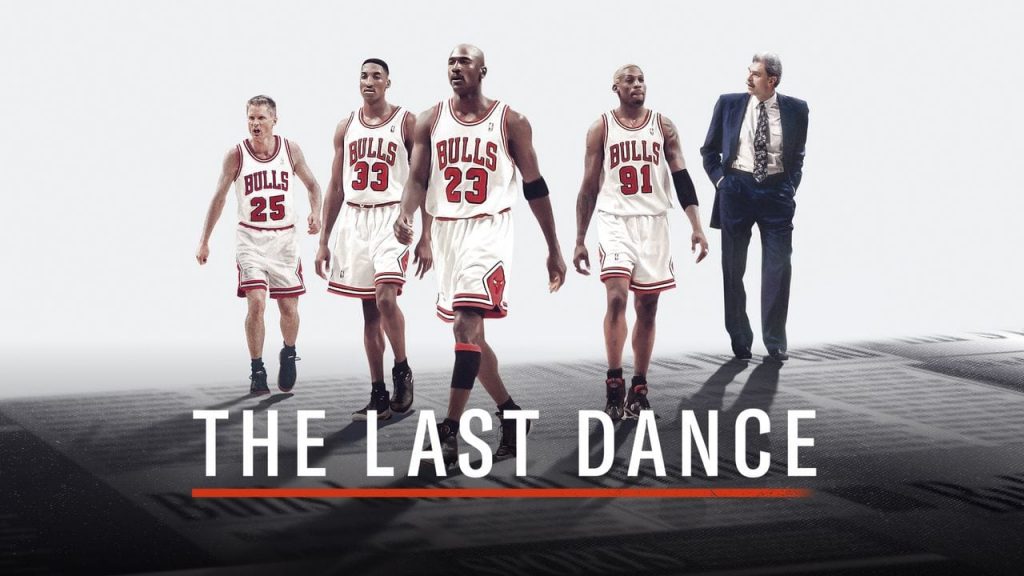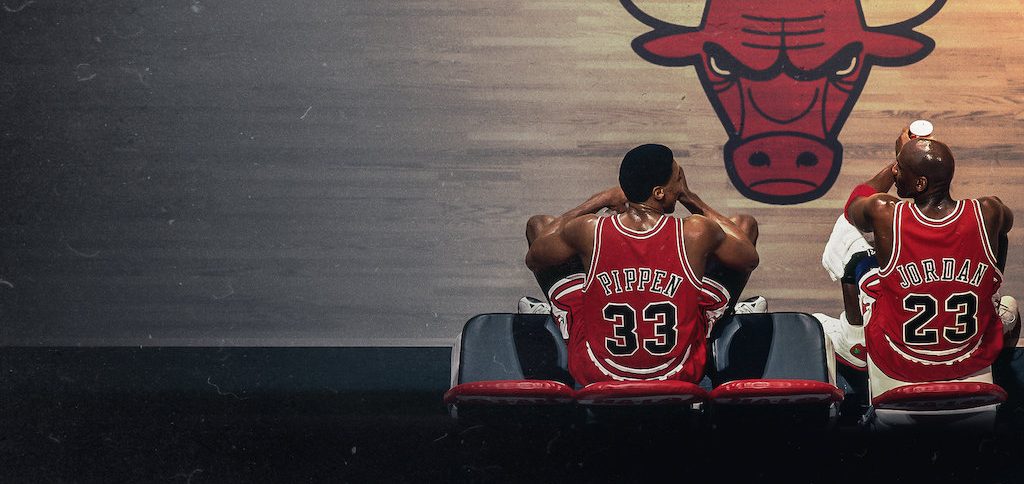Type ‘#TheLastDance’ into Twitter’s search box and you’ll find a swirl of contrasting opinions offering a narrative on whether the Netflix documentary belongs under fact or fiction. Few, however, debate that it’s unmissable viewing, and there is plenty of learnings to be taken away, as well as just entertainment.
If you haven’t seen it, The Last Dance follows Michael Jordan and the Chicago Bulls as they attempt to complete a second ‘threepeat’ – 3 NBA Championships in a row – before the team is broken up.
It’s a sensational and dramatic watch as we take an in-depth look at MJ and team-mates to understand what makes them tick and how they became the greatest NBA team of all time. It also allows us to study the character traits that shape incredible achievements that we can all learn from.
These are traits we can all harness to improve our leadership within organisations of any shape, size or industry. I’ve picked out what I saw as the 5 most important leadership lessons from the 10-part series; whether you think these are fact or fiction, I hope there are plenty of takeaways to help in your own day-to-day leadership life.
Passion trumps everything…
“That was the greatest basketball that I think we all were involved in,” said Magic Johnson of the 1992 Olympics in Barcelona.
The key context behind this quote though is that Johnson wasn’t actually talking about the USA team’s competitive matches – he was talking about the team’s practice games ahead of Barcelona, where they faced-off against each other with only pride on the line.
A squad described as ‘the greatest collection of basketball talent on the planet’ by the Naismith Memorial Basketball Hall of Fame didn’t wait for the actual tournament to bring their A-game, their passion meant they gave everything in every training session, leading to an average 44-point winning margin in competitive matches on their way to winning gold.
Passion creates a drive that produces superior performance day in, day out. When assembling your team, put passion top of the list.
… closely followed by hard work
It’s easy for us to sit back and think people are at the top of their game because they were born with superior genetics or natural skillsets – no matter how naturally gifted people are, they rarely get to the very top without out-working their competition.
“I would give him a certain amount of reps to do – he would never stop at that number. If I asked for 6, I knew he was going to do 12,” said Tim Grover, Jordan’s personal trainer.
The Last Dance shows us that Michael Jordan was the best basketball player in the world because he consistently worked harder than any other basketball player in the world. Dropped from his varsity team in 10thgrade, he went away and worked harder to improve his skills to earn a college scholarship, going on to become one of – if not the – best to ever play the game.
If you instil a culture of hard work amongst your passionate team, they’ll be no limits to what they can achieve.

Treat people as individuals
Denis Rodman was the Bulls’ maverick with a kamikaze personality that is an outlier in the regimented world of professional sport. Held to the same rules as the majority of his team-mates, he’d be kicked-out the locker room.
But in any field, teams need to be made up of complimenting skills and personalities that create a group that is more than the sum of their parts.
By allowing Rodman to be an individual and indulge in what made him tick (“I go party hard,” he said), his skills came to the fore to help the Bulls win three championships in a row, at the same time helping Rodman to become “arguably the best rebounding forward in NBA history,” according to NBA.com.
Leading isn’t about forcing everyone to become clones in the same successful system, it’s about enabling individuals to shine to create a more unique and successful system.
Give people responsibility…let them take accountability
Michael Jordan was the Bulls’ on-court leader – but he couldn’t win matches on his own. He needed other players to step-up when it mattered, and it mattered with 3.9 seconds remaining on the clock and the Bulls trailing 98-96 against the Phoenix Suns in the NBA finals.
With Jordan and others being tightly marked, the ball came out to point guard John Paxson behind the three-point line.
“The ball was not supposed to come to me”, Paxson laughed. “But as a player, you’re always ready.” Paxson shot the three-pointer to win the game and the Championship for the Bulls.
Trust is a key part of leading anyone – ingrain a culture of responsibility and inturn people become accountable to themselves, rather than just to their leaders.
Keep culture continuous
Great people and players can win for short periods – great cultures keep on winning.
In The Last Dance, we saw that the Bulls clearly had a winning culture, driven by Jordan: “When you see your leader working extremely hard even in practice, you feel like ‘if I don’t give it my all, I shouldn’t be here’,” was how power forward Horace Grant put it.
With MJ driving them on the Bulls won six out of eight titles from 1991 to 1998.
Following the 1998 season, General Manager Jerry Krause was determined to rebuild an ageing Bulls team but in doing so, he stripped out the club’s most vital asset: its winning culture.
Out went perhaps the five most influential figures – and cultural governors – in the entire squad – coach Phil Jackson, Michael Jordan, Scottie Pippen, Dennis Rodman and Steve Kerr.
Over the next four seasons, the Bulls won fewer games combined (66) than in their record-breaking 95-96 season (72). Some serious talent had left, but so had the culture.
Leaders are the ultimate cultural architects of teams and organisations but their greatest skills are in building a culture that becomes self-sustaining and governed by a leadership group. If you lose all those people overnight, your culture is gone too.
Change is evitable – but when you have a winning culture you need constant evolution, not revolution.
Wrapping up
There’s a myriad to learn from sporting organisations – both good and bad – that can help us build amazing teams and businesses.
Above are the five main things that came to me when watching The Last Dance, but they’ll be plenty more than these.
Love it or hate it? Let me know on Twitter.

